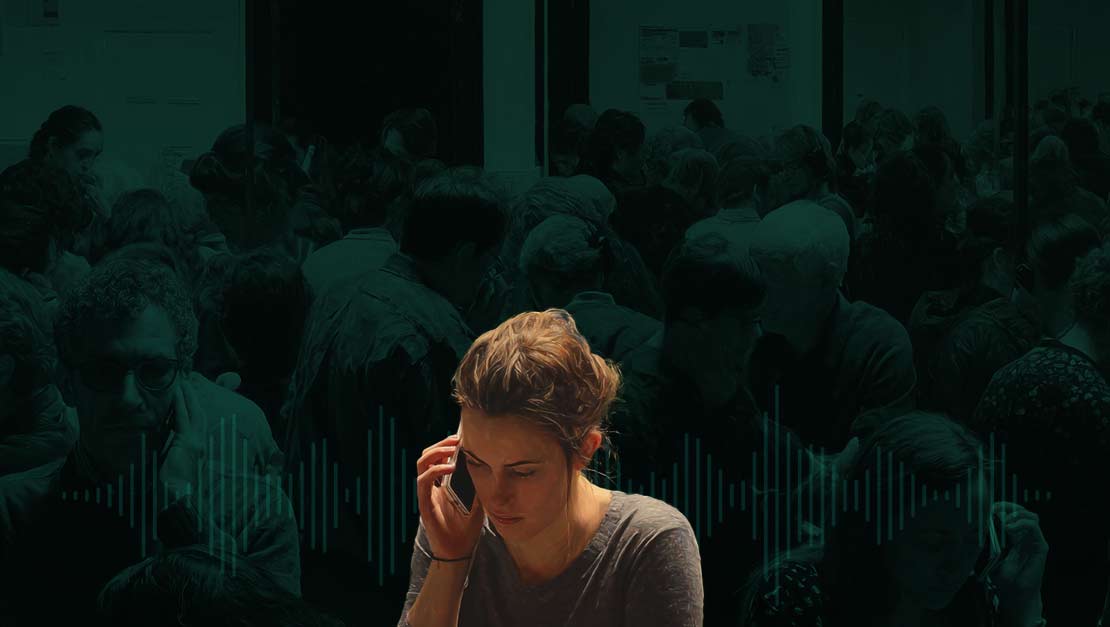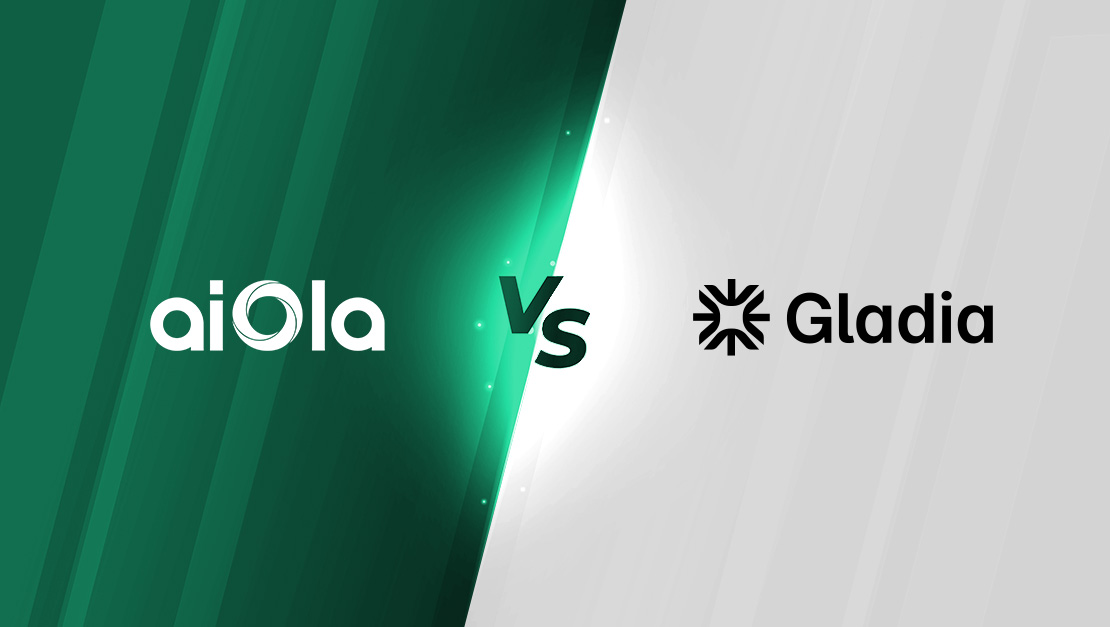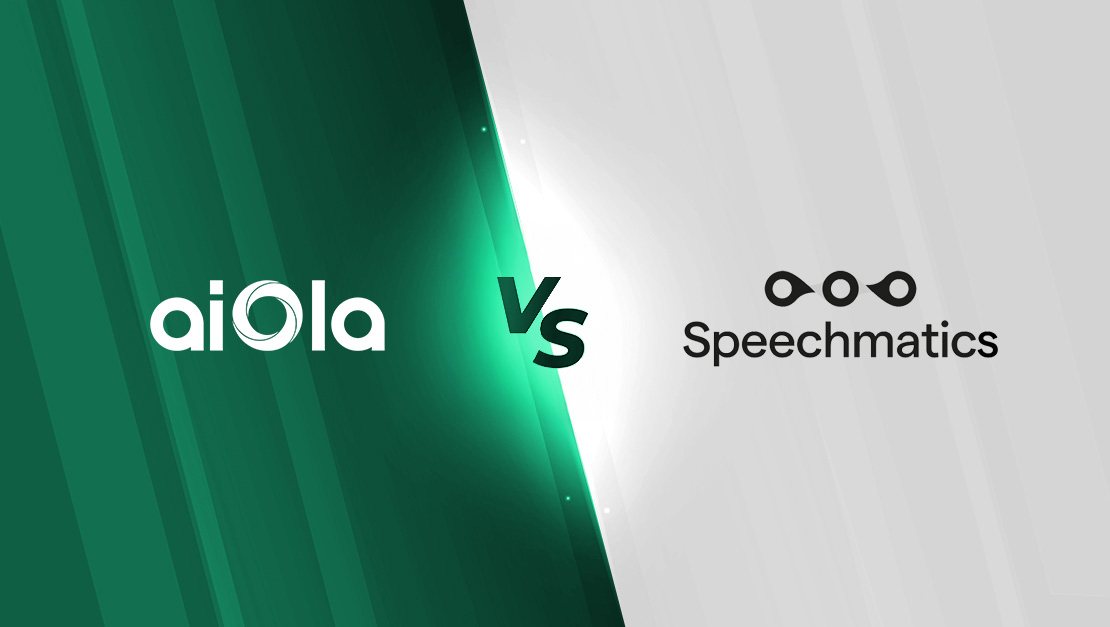Speech-to-text (STT) technology plays a crucial role in turning spoken language into written text. But not all STT models are created equal—especially when it comes to handling noisy environments.
Whether you’re capturing conversations on a bustling factory floor, a crowded call center, or outdoor field operations, background noise and multiple speakers can drastically affect transcription quality.
Let’s take a look at what speech-to-text models are, why noise presents such a challenge, and compare some of the best solutions available today—including aiOla’s speech-to-text model, Google Cloud, Amazon Transcribe, ElevenLabs, and AssemblyAI. We’ll also cover key factors to consider when choosing the right model for noisy environments and practical use cases to guide your business’ decisions.
What Is a Speech-to-Text Model?
A speech-to-text model is an AI-driven system designed to convert spoken language into written text automatically. At their core, STT models rely on Automatic Speech Recognition (ASR) technology, which analyzes audio signals, detects phonemes and words, and generates a transcript. The primary goal of STT is to provide fast, accurate transcription that can be used for various applications such as voice assistants, customer support analytics, meeting transcription, and more.
What Are the Key Principles of Speech-to-Text Models?
Speech-to-text (STT) models are built on a foundation of linguistic and acoustic intelligence. These systems aim to convert spoken language into readable text by decoding audio input in real time or post-processing:
- Acoustic Modeling: Understanding and processing the sound waves of speech.
- Language Modeling: Predicting the likelihood of word sequences to improve transcription accuracy.
- Decoding: Combining acoustic and language models to convert speech into text.
- Adaptability: Handling accents, dialects, slang, and jargon, especially in industry-specific contexts.
- Noise Robustness: Effectively filtering or ignoring background sounds, echoes, and overlapping speech.
Handling noisy audio is particularly challenging because background sounds and multiple voices can confuse the model, leading to errors or incomplete transcripts. This is especially problematic in industries like automotive, aviation, food & CPG, and pharmaceuticals, where ambient noise and overlapping speech are part of daily operations.
Best Speech-to-Text Models for Noisy Environments
Noisy environments pose a major challenge for speech-to-text (STT) systems. Not all models are created equal when it comes to filtering background noise, handling overlapping speech, and recognizing complex or jargony language.
Let’s break down the top contenders and how they stack up in real-world, noisy conditions:
aiOla
aiOla stands out for its enterprise-grade speech-to-text platform optimized specifically for challenging, noisy environments. Its Jargonic V2 model achieves best-in-class accuracy with a 5.2% Word Error Rate (WER) on English datasets, outperforming competitors including Whisper and AssemblyAI.
aiOla excels in zero-shot learning—meaning it recognizes complex, industry-specific jargon without the need for retraining or manual tuning, a unique capability in the market. Its platform supports over 120 languages and dialects and is built to handle multi-speaker, overlapping conversations in real-time. Moreover, aiOla goes beyond simple transcription by converting unstructured spoken data into structured, actionable insights with real-time alerts and seamless integration into enterprise workflows.
Google Cloud Speech-to-Text
Google Cloud Speech-to-Text is one of the most popular ASR solutions, leveraging Google’s massive data and AI infrastructure. It offers real-time transcription with noise robustness capabilities and supports many languages and variants. The model includes advanced features like speech adaptation for custom vocabularies and speaker diarization (identifying who said what). It performs well in noisy environments but may require tuning for industry-specific jargon.
Amazon Transcribe
Amazon Transcribe is designed for enterprise-grade transcription with built-in support for noisy audio and multi-speaker recognition. It supports multiple languages and provides real-time and batch processing options. Amazon’s service integrates into AWS ecosystems and offers features like vocabulary filtering and channel identification. While effective for many noisy scenarios, its accuracy can sometimes drop when dealing with very complex industry terms without additional custom training.
ElevenLabs
ElevenLabs is known primarily for its text-to-speech capabilities but has made strides in ASR. Their speech-to-text models are trained on diverse datasets and provide decent performance in noisy conditions. However, ElevenLabs compared to aiOla, is generally better suited for creative applications rather than heavy-duty enterprise transcription, and its support for jargon-heavy or multilingual noisy environments is more limited.
AssemblyAI
AssemblyAI offers powerful speech recognition with a focus on developer-friendly API integration and real-time analytics. It supports multi-speaker environments and offers noise cancellation features, plus models fine-tuned for specific use cases like podcast transcription and call analytics. AssemblyAI performs well in clean and moderately noisy conditions but may require additional customization to handle complex jargon or very noisy environments at enterprise scale.
How to Choose the Best Speech-to-Text Model for Noisy Environments
Not all speech-to-text models are created with real-world complexity in mind. Let’s see which factors to consider when choosing your ideal STT model:
Accuracy
Accuracy is the most critical factor when selecting an STT model. For noisy environments, this includes the model’s ability to handle overlapping speech, background noise, and accent variations without sacrificing precision. Look for low Word Error Rates (WER) and high keyword recall, especially for jargon and technical terms relevant to your industry. aiOla’s Jargonic V2, for example, offers some of the lowest WERs and highest jargon recognition rates without retraining.
Language Support
Multilingual enterprises need models that support multiple languages and dialects reliably. Some models may support dozens of languages, but fewer excel equally across all, especially in noisy or jargon-heavy contexts. aiOla supports 120+ languages and dialects, making it a robust choice for global organizations.
Real-Time Processing
Real-time transcription is essential for live monitoring, customer support, and instant reporting. Evaluate the latency and processing speed of each model. Google Cloud, Amazon Transcribe, AssemblyAI, and aiOla all offer real-time transcription, but only aiOla provides real-time structuring of spoken data into actionable workflows without retraining.
Integration Methods
Consider how easily the model integrates into your existing infrastructure. APIs, SDKs, and pre-built connectors to common enterprise software can save time and costs. AssemblyAI and Amazon Transcribe are known for their developer-friendly APIs, while aiOla offers seamless API integration with additional workflow automation capabilities tailored for enterprises.
Enterprise Features
Look for advanced features like speaker diarization, sentiment analysis, named entity recognition (NER) for sensitive data masking, and jargon spotting. Enterprise-ready models should comply with data privacy standards like GDPR and HIPAA. aiOla is notable for its built-in NER and industry-specific jargon detection that requires no manual tuning.
Handling Complex Audio Scenarios
Noisy environments come in many forms—from factory floors to crowded call centers. Models that can handle multi-speaker overlap, high-decibel noise, accented speech, and spontaneous conversation will be more reliable. aiOla’s training on diverse, real-world datasets makes it particularly suited for these complex scenarios, outperforming models primarily trained in controlled settings.
Closing Thoughts on the Top Speech-to-Text Model
Speech-to-text models continue to evolve rapidly, but noisy environments remain a critical challenge for many enterprises. The best models combine accuracy, multilingual support, real-time processing, and robust integration options to meet diverse industry needs.
While giants like Google Cloud and Amazon Transcribe provide solid, general-purpose ASR services, and AssemblyAI offers excellent developer tools, aiOla shines as a speech-to-text model with its enterprise-focused capabilities. Its unique zero-shot learning for jargon recognition, unmatched performance in noisy, multi-speaker scenarios, and ability to convert unstructured speech into actionable insights make it the top choice for enterprises facing real-world audio challenges. When selecting a speech-to-text model, prioritize real-world accuracy and enterprise features to unlock the full potential of your spoken data.
See firsthand how aiOla can transform noisy, jargon-filled audio into actionable insights with unmatched accuracy and real-time workflows. Request a personalized demo today and discover why leading enterprises trust aiOla for their most challenging transcription needs.









